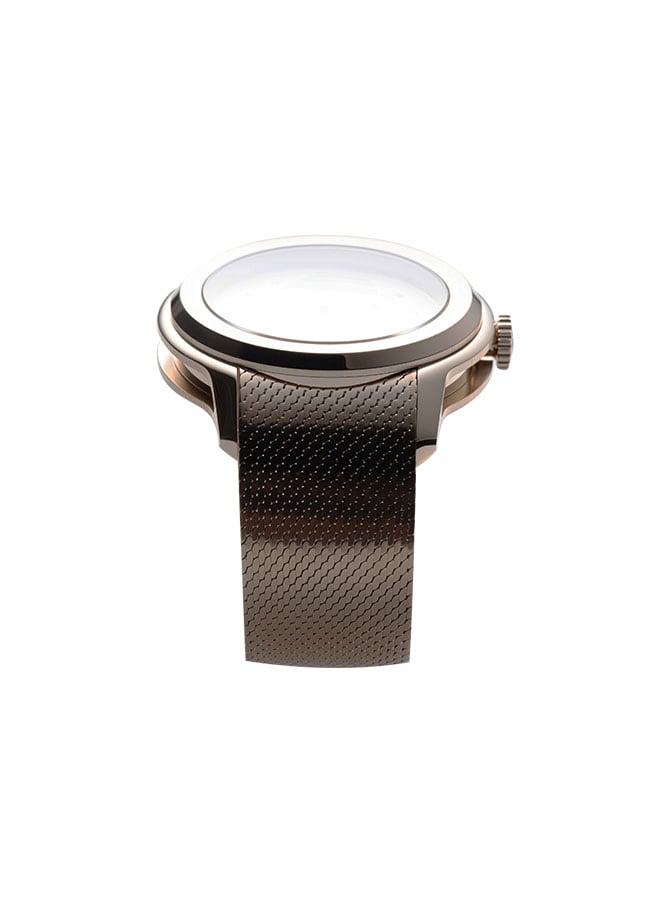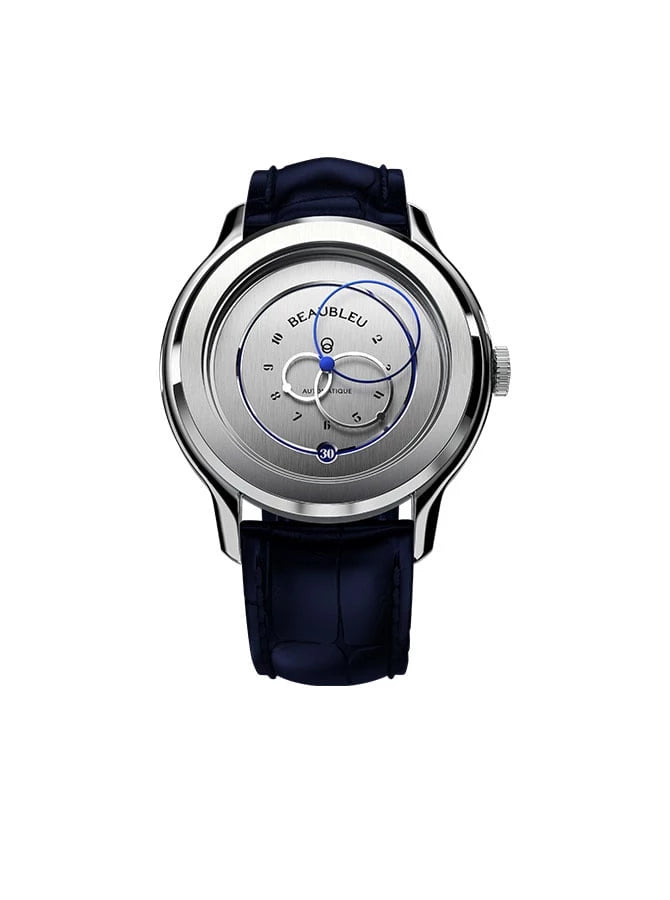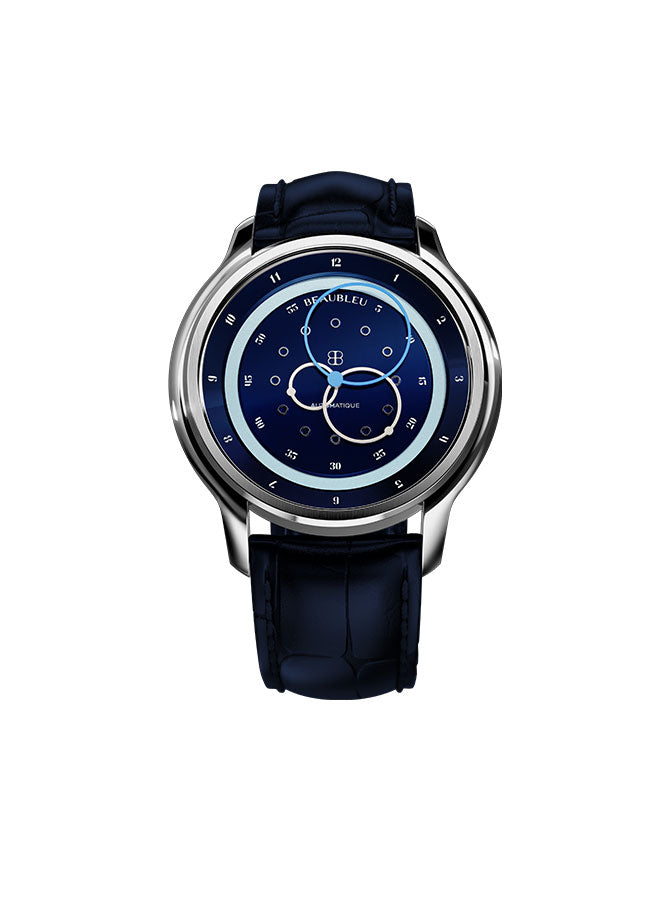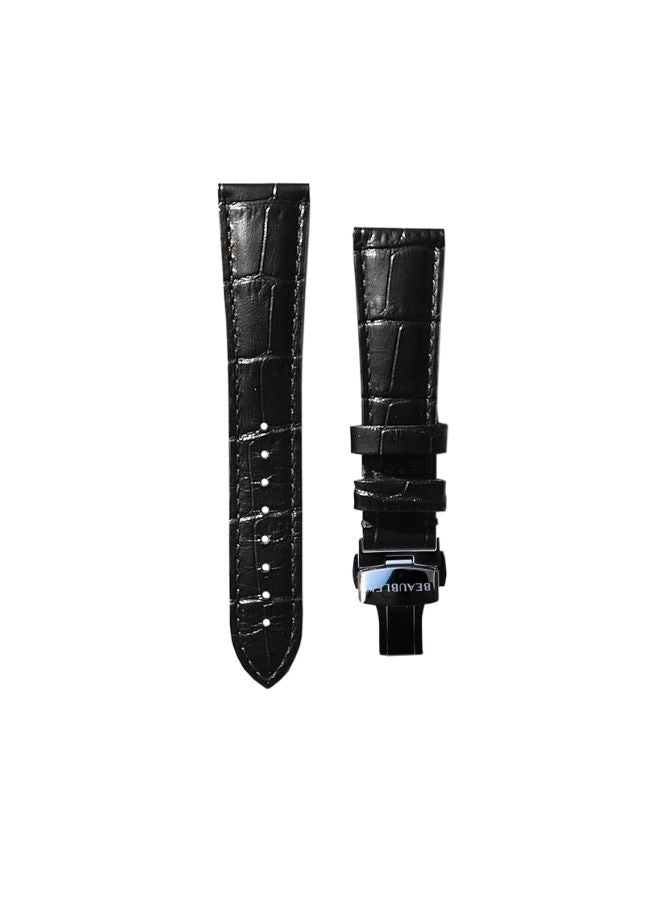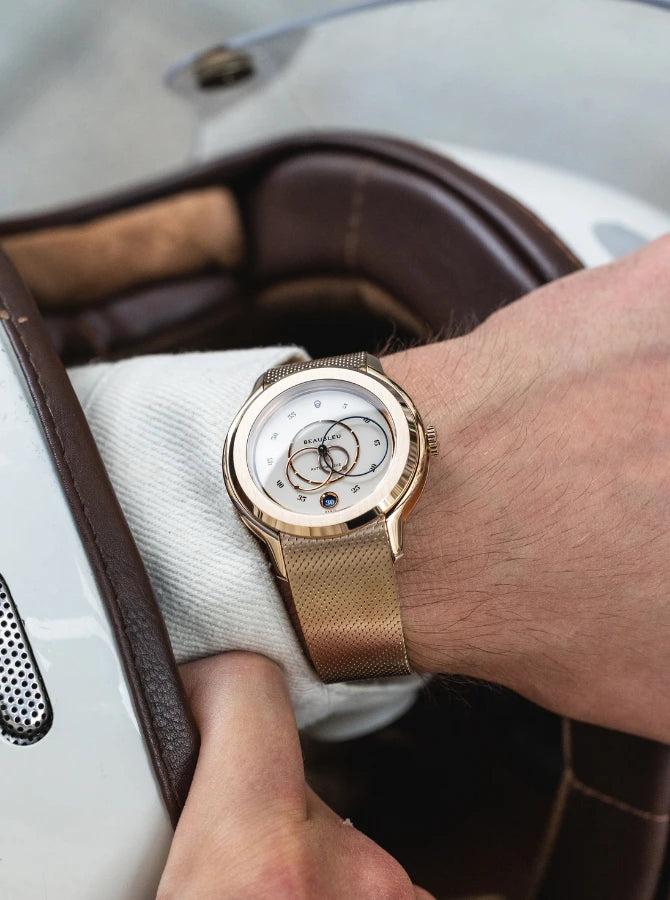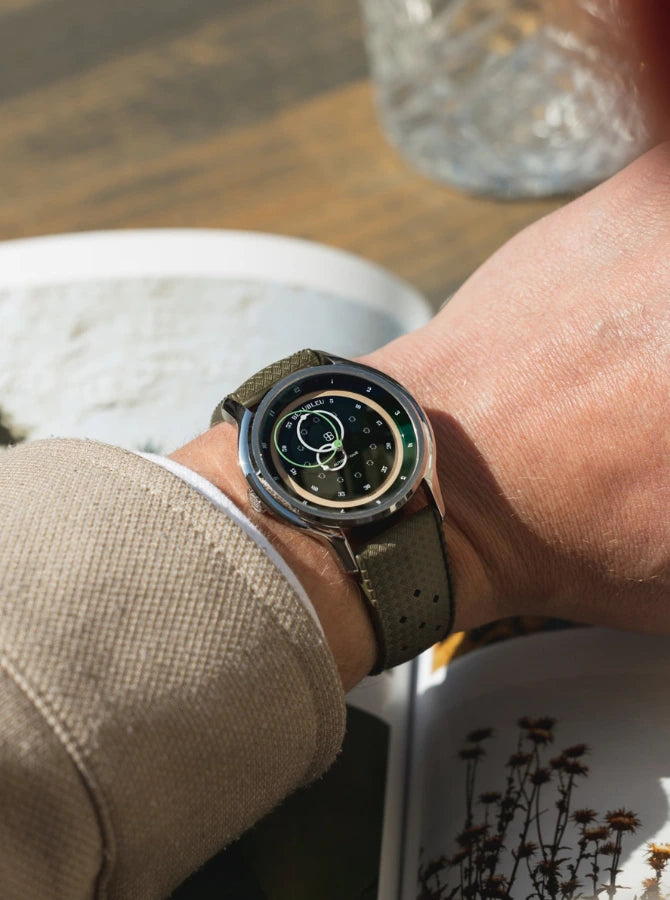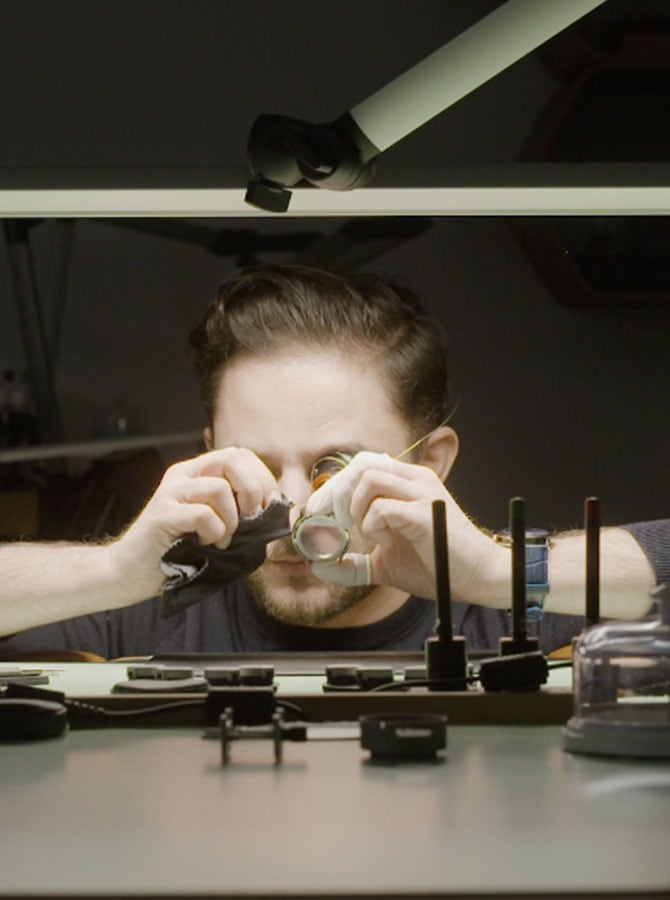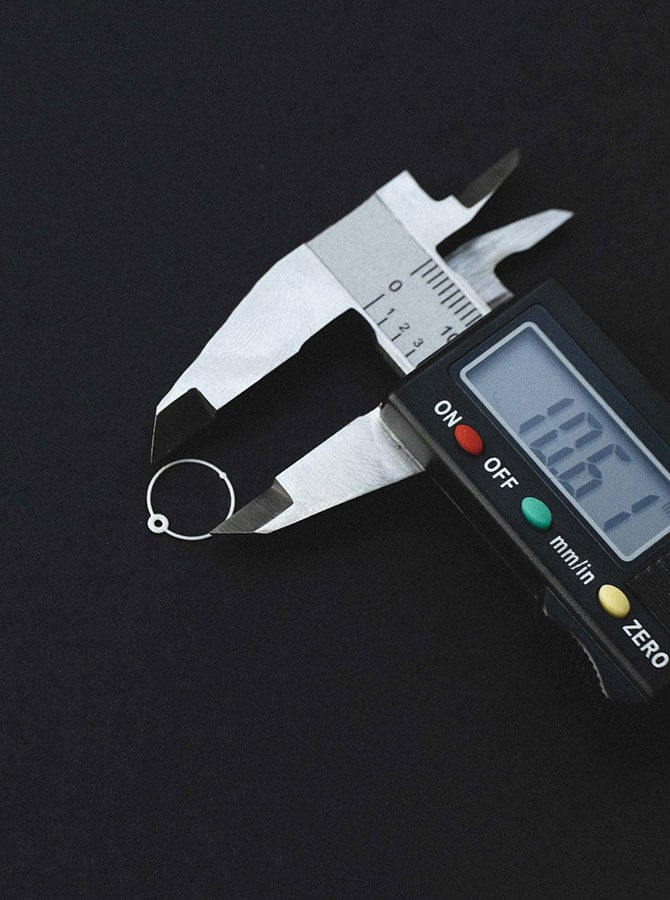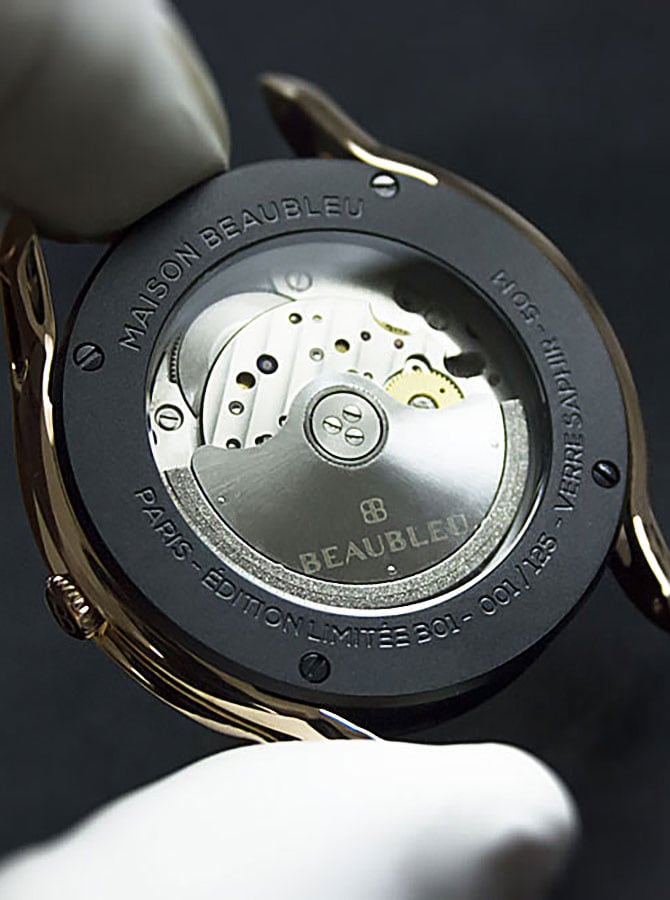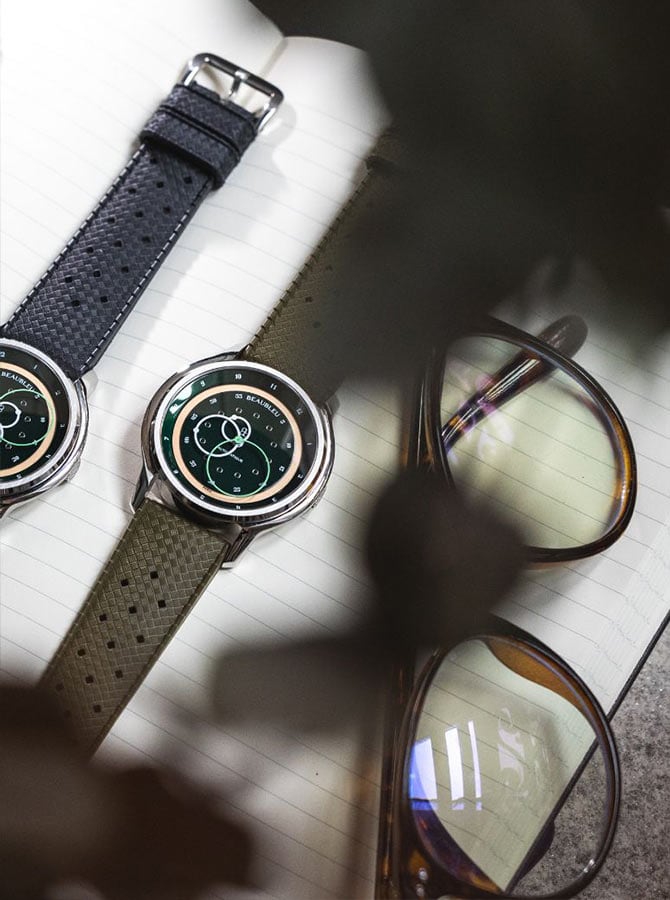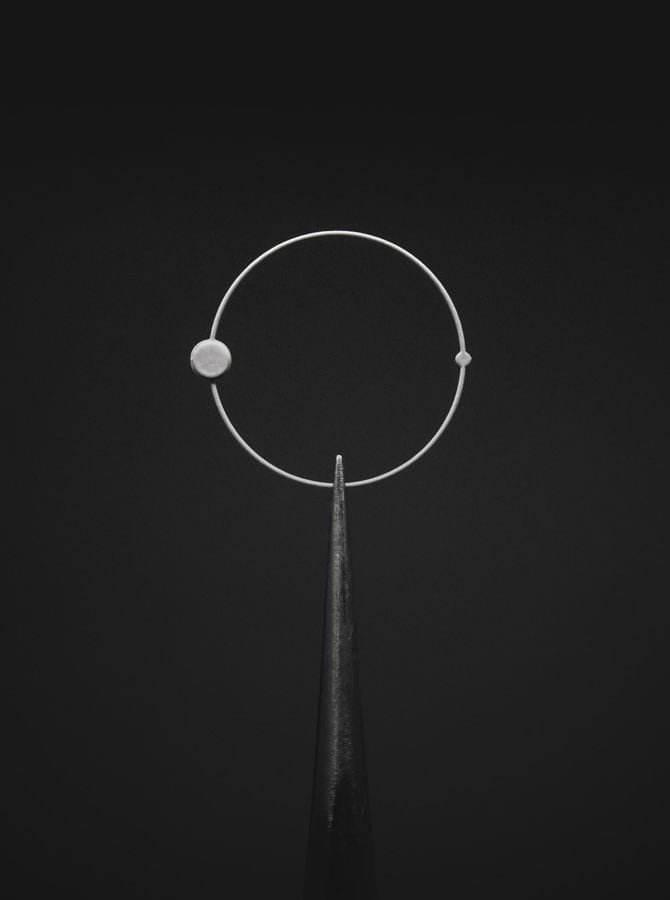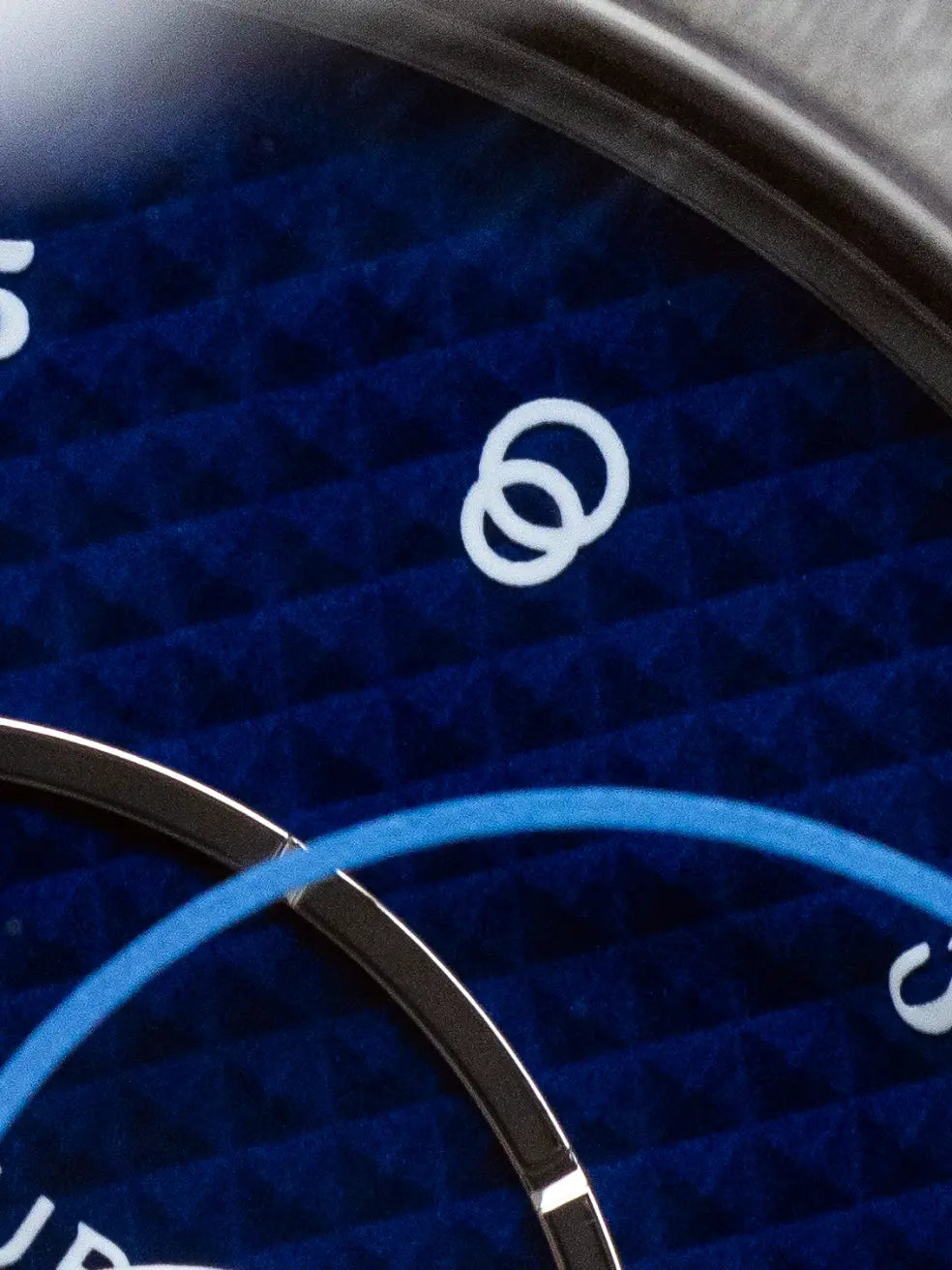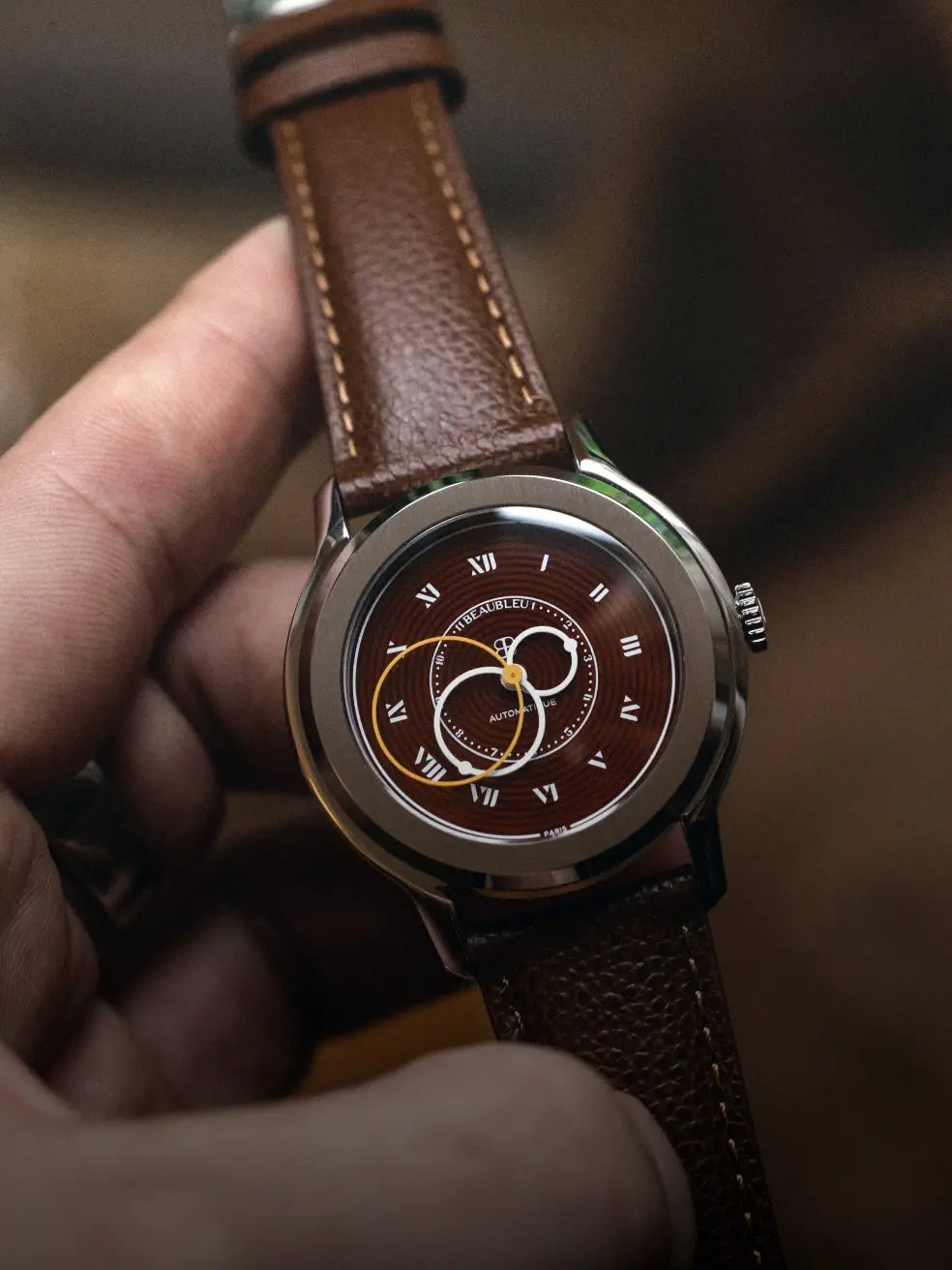
The difference between automatic and manual watches
The watch, made up of a case and a dial, is an instrument that measures time and is part of the daily lives of many men, women and even children. Available in different models, prices and quality, depending on the brand, it has the advantage of being movable without its operation being altered. However, there are different types of movements, namely automatic and manual. So let's see what the difference is between these two types of watches.
The automatic watch

The automatic movement watch has a mechanical dial which is wound using a very specific mechanism. In fact, the barrel spring, located in the case, resets itself thanks to the movements made by the wearer of the watch. These allow sufficient energy to be stored to enable the watch to operate.
The automatic movement watch is generally very appreciated for its quality parts. Slightly less precise than the quartz watch, its power reserve is variable, because it has neither battery nor electronic element. With very simple reassembly, its lifespan is excellent and it often has excellent value for money. Described as ecological and lively, it is adored in watchmaking, because its reading is made easier by a linear design and very fluid movement of the hands. Its date and time display are very aesthetic thanks to the small jumps of the second hand and the movements of the wrist.
The manual watch
The watch with a manual movement finds its energy in the spring wound in the barrel. Winding is done manually thanks to the movements that the wearer of the watch will make on his wrist and more precisely by one or more turns of his crown.
The manual movement watch is the most classic model. Its dynamics are based on the movements of the barrel spring, the escapement and the regulating organ. Requiring no batteries to operate, it is more sensitive than a quartz watch. It requires regular maintenance so as not to deteriorate over time.
The advantages and disadvantages of these types of watches
- Has the advantage of winding itself, without any intervention from the user;
- Available in more models than the manual wind watch;
- Requires less frequent maintenance than a mechanical model;
- Some models are heavier to carry, because its rotor is weighted;
- Does not allow you to admire its gears, since the rotor conceals part of the movement.
The manual movement watch:
- Allows its user to admire its gears;
- Is often lighter to wear than a watch with an automatic movement, because the rotor is not weighted;
- Requires a somewhat tedious daily winding ritual;
- Causes wear of the crown seal by winding the watch.
